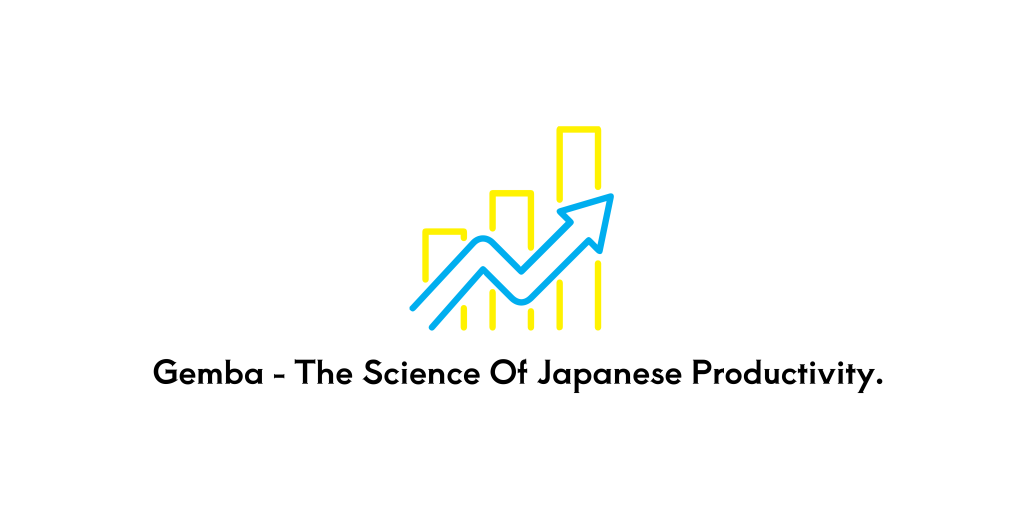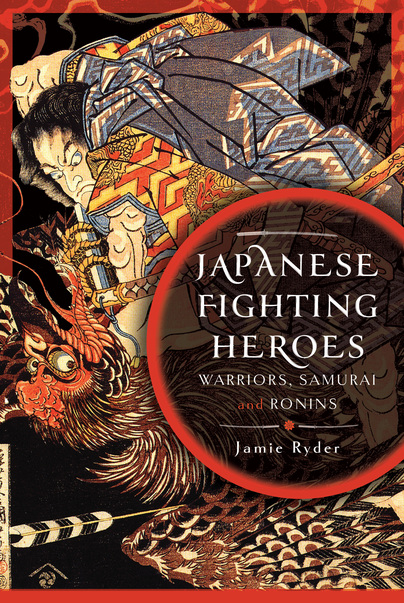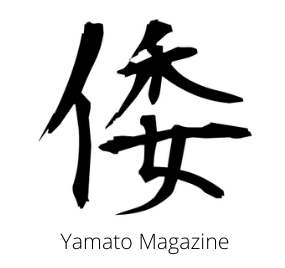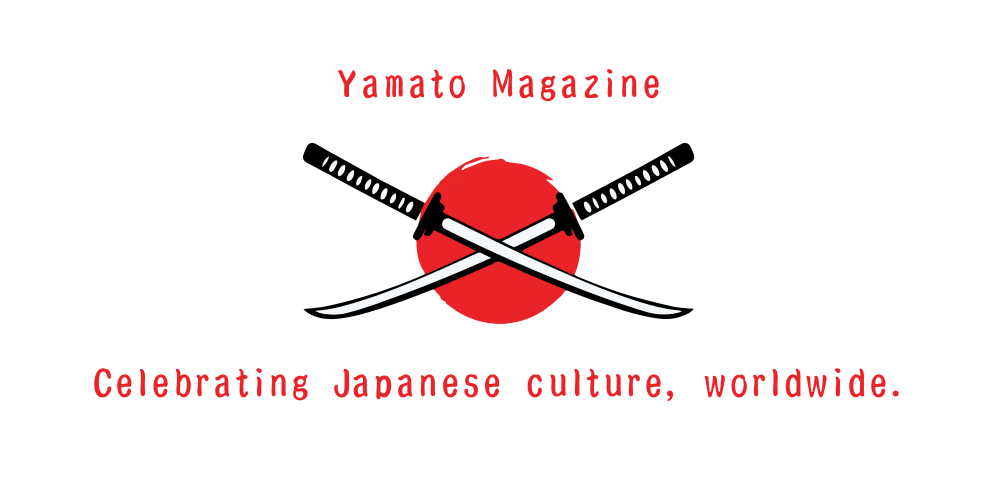
Japanese work culture is made up of several concepts that are meant to champion collaboration, communication and productivity, all with varying results. One of the most prominent is gemba, which has its origins in lean manufacturing.
Translating to ‘the actual place’ gemba has several dimensions that will be explored in this article.
Being on the front line
Gemba has its roots in the Toyoto Production System, which was developed by engineer Taiichi Ohno. As part of his system, Ohno wanted to remove as much waste – time, energy – as possible and increase productivity. So, he created the concept of the gemba walk where staff step back from their daily activities and go directly to the front line of where value is created in their workspace.
Putting that into a manufacturing context, a gemba walk would involve employees walking the shop floor to literally see how products are being made so they can appreciate the process up close. It’s also an opportunity for spotting productivity gains and identifying opportunities for improvements.
Gemba walks shares similarities with the Management By Wandering Around (MBWA) business model. With this process, managers walk randomly through an organisation, checking in on staff and not giving them any warning. The expected result is managers will be able to increase morale and quality management. Yet, randomisation can only take you so far. Gemba walks differ in that they are planned and are done with specific goals in mind.
Generally, gemba walks are done once per week for six months to a year and involve 45 – 60 minutes of walking. They are led by a lean teacher or sensei for that period of time and then employees should have built up the skill that they’re able to go on their own gemba walks.
The real place
Outside of business, gemba has other applications. For example, Japanese detectives refer to crime scenes as gemba. This implies a centre of gravity, the place where answers are to be found. Japanese reporters may also say they are reporting from gemba. This is the real place where news is to be found, the interconnectivity of communication and delivery.
I believe gemba has mental health connotations too in terms of where we find places of value. For some people, the place could be within themselves and the coping mechanisms they have to manage disorders like depression and social anxiety. Or, gemba can be seen as a duty to go to the front line of where you’re most triggered as a kind of stress inoculation.
Now, that second approach isn’t going to be for everyone. But by being in that uncomfortable environment, gemba can potentially teach you to look for value within yourself. You’ve made an active choice to be on the front line of your fears. To confront them and question the value of intrusive thoughts. Are they real? Or is a warped perception you have of yourself?
You could try a mental health gemba walk with a friend. Someone you trust and who has a comforting aura about them. This could be out in a natural space and you’ll notice the value of the outside world – the flowers, birds, trees and objects that give us life in subtle ways.
So, whether it’s for business or personal use, gemba does have some useful applications. Though, like all Japanese lifestyle concepts, it shouldn’t be used in isolation. It should be blended with various disciplines and practices so you can find a business and life routine that works best for you.

Discover more timeless Japanese lifestyles concepts in Japanese Fighting Heroes
Japanese Fighting Heroes is a book of character studies. A book that delves into the teachings of famous figures like Miyamoto Musashi, Sei Shonagon and Hiratsuka Raicho.

